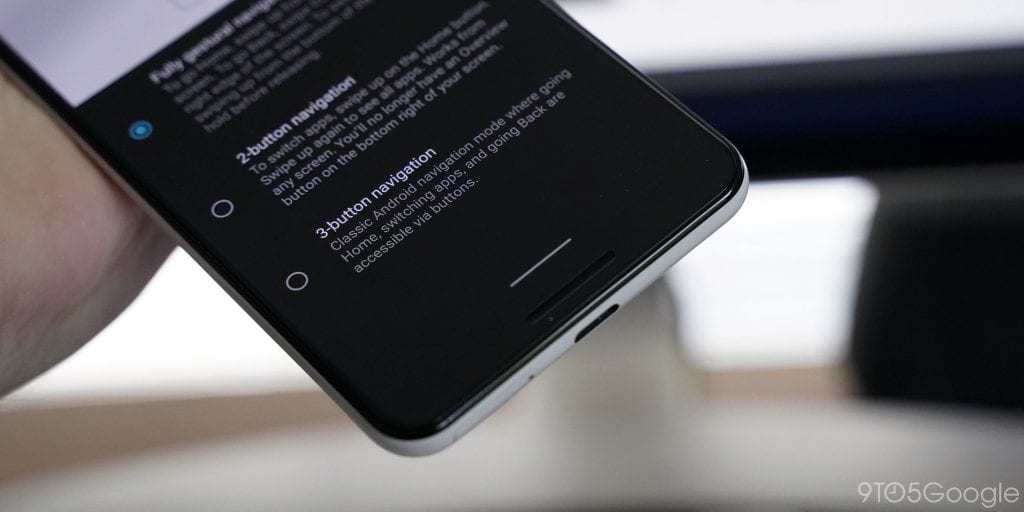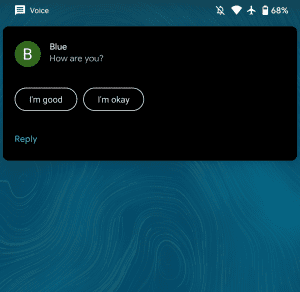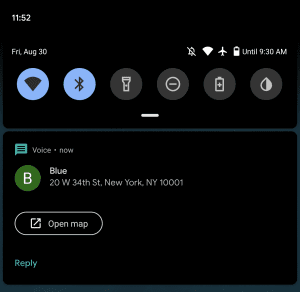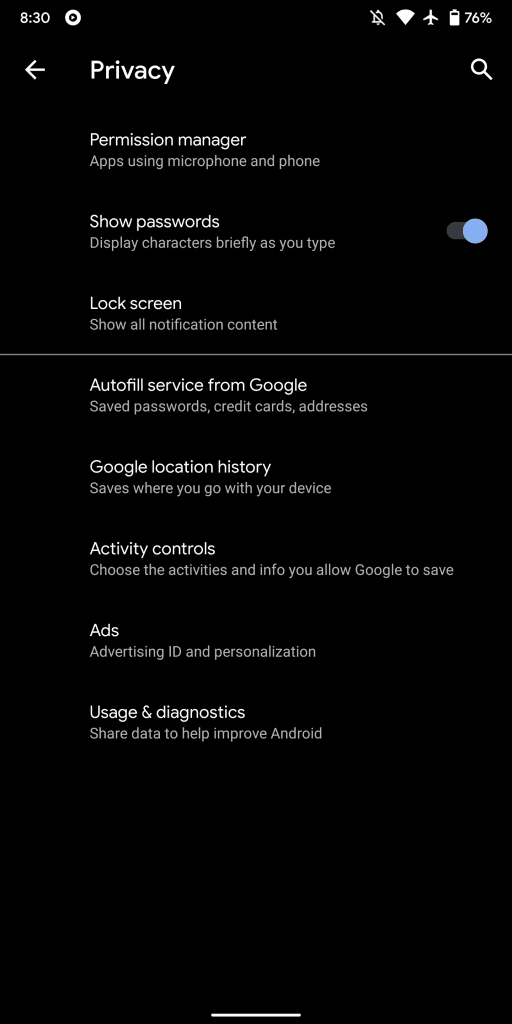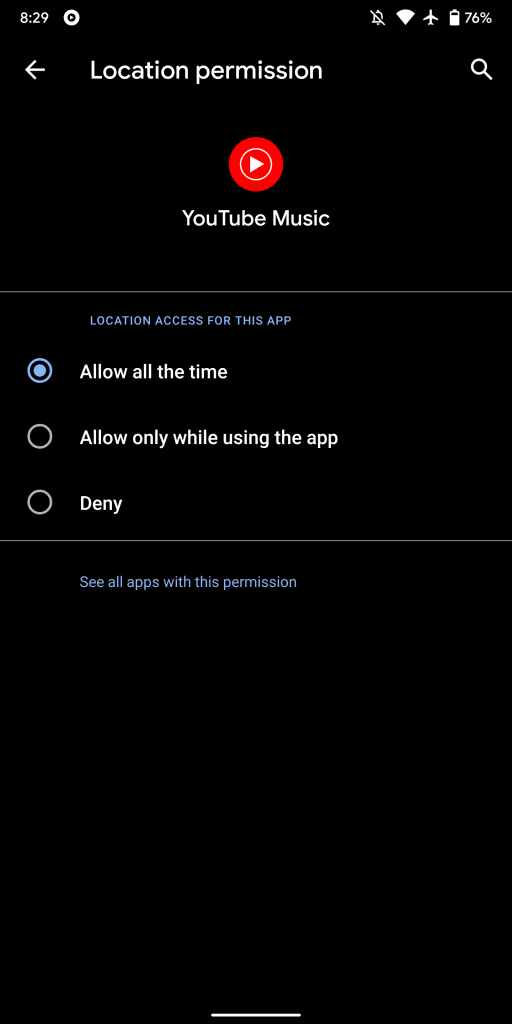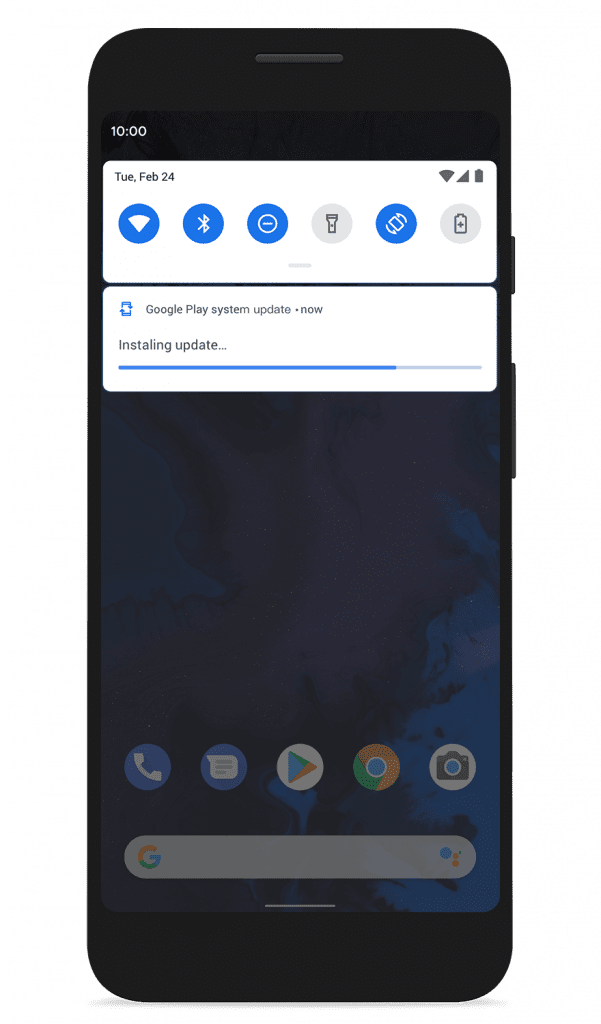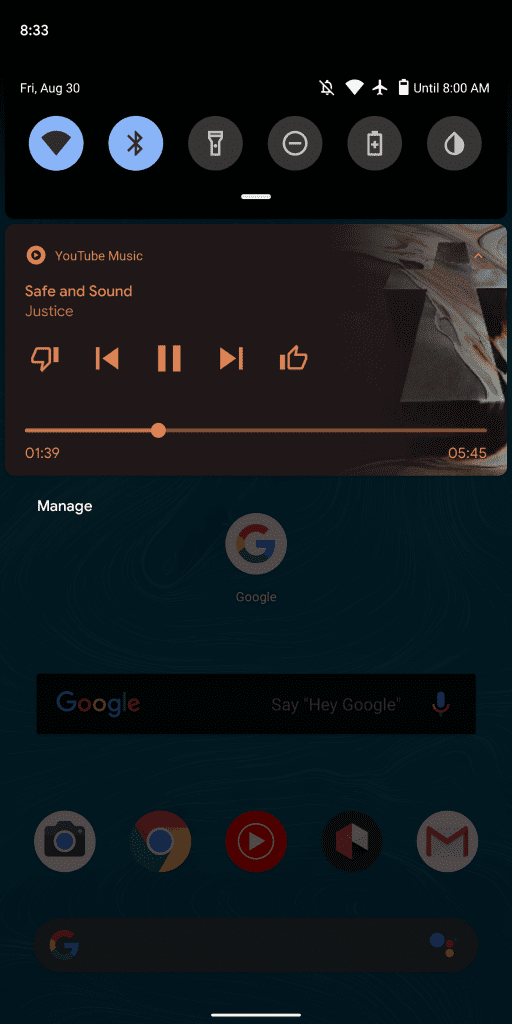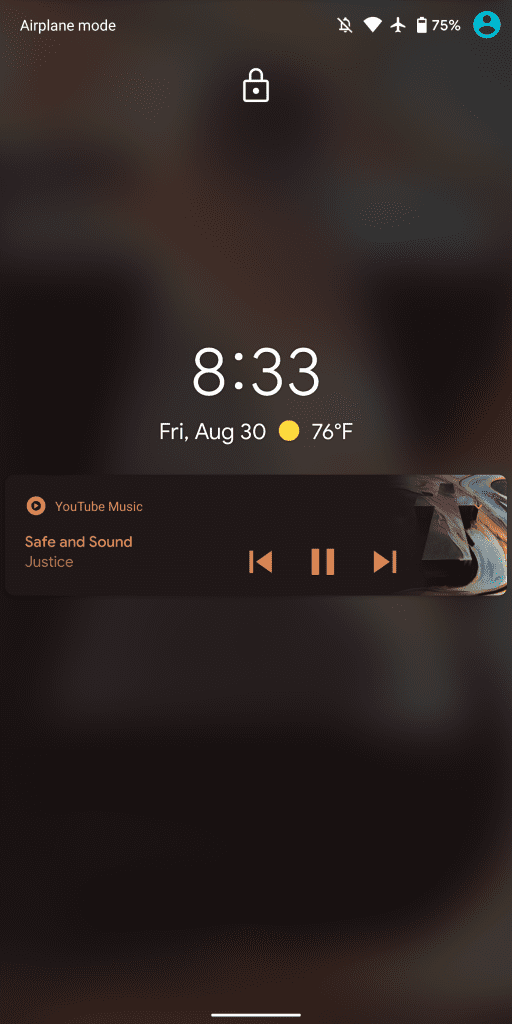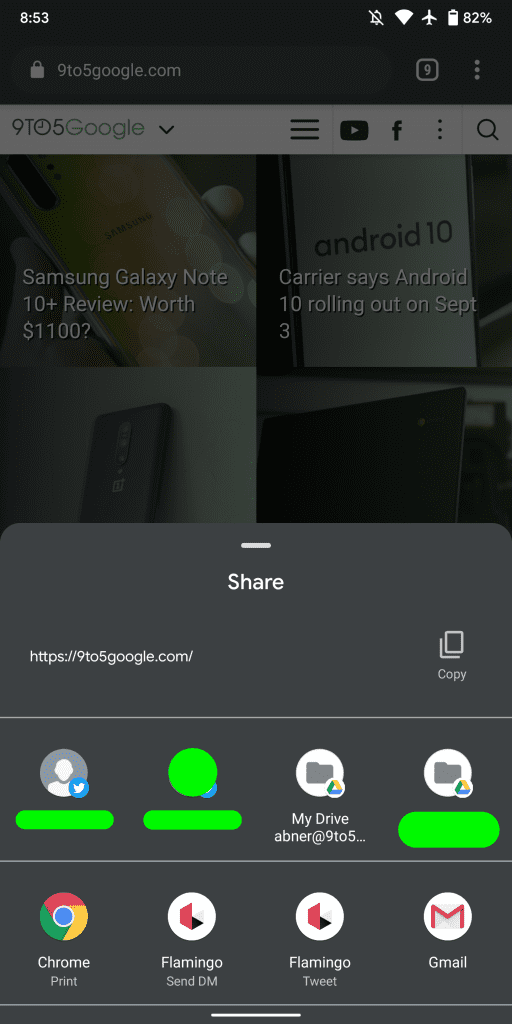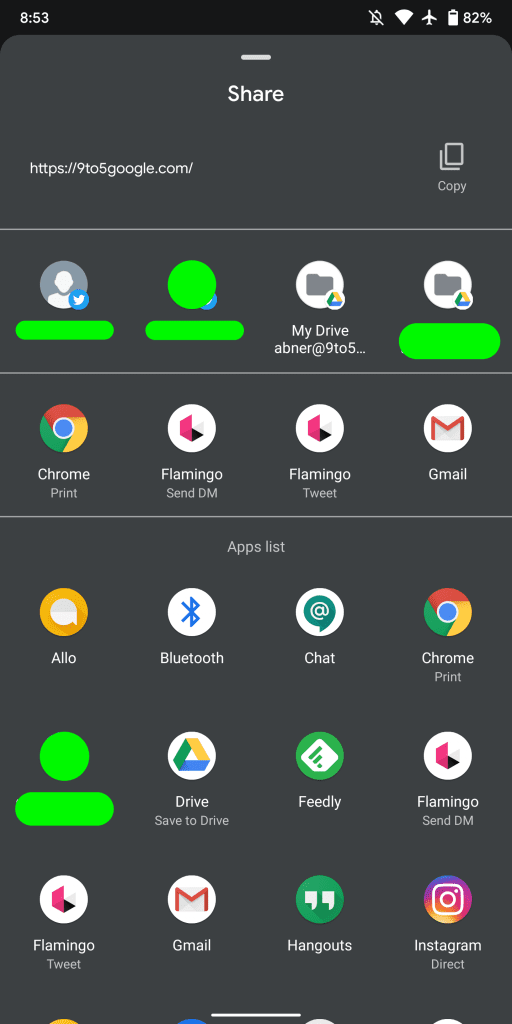Six months after releasing Android Q Beta 1, Google today is rolling out the next version of its mobile operating system. Launching as “Android 10,” this big update introduces full gesture navigation, dark theme, and other machine learning-backed features that refine the user experience. The Android 10 Pixel launch will include all Made by Google phones released from 2016 onwards.
There is a new way to navigate your phone with gestures. Android 9 Pie’s home “pill” and contextual back button are replaced by a thin white line at the bottom center of the screen. You can swipe up to go home, while a slower drag opens the Overview screen. Swiping right takes you to your last app, with Android 10 letting you move through everything open in multitasking.
The line disappears when you’re on the homescreen, but all the gestures will still work. Meanwhile, a diagonal swipe at the left or right corner launches Assistant with a new four-color light bar animation. Curved white “handles” will occasionally appear to remind users of this somewhat unapparent gesture.
To navigate back, which Google revealed was used more than the home button, users can now swipe on either the left or right edge of the display. This is a very prominent new action that — while very useful — conflicts with apps that use navigation drawers. Google is forcing OEMs to retain three-button navigation for users that prefer hard targets to press.
Dark Theme
Following the broader trend in interface design, Android 10 has a system-level Dark theme that applies to every part of the operating system. This prominently includes the Settings app and the notification tray. Enabled by a toggle in Quick Settings, many of Google apps have been updated and will abide by the “system default” that you set.
Smart Reply
Similar to how Gmail and Messages can suggest automatic responses, Smart Reply is now a system-level feature built into Android. All messaging notifications will feature replies that can quickly be sent or an action suggestion. If the text contains a URL or address, Android 10 will offer to open the appropriate app to view it in, while messages with 2FA codes feature a very useful copy button.
Privacy
Privacy is a big focus of this release with a new page in Settings to centralize related preferences, like Ad Settings and Web & App Activity. One big change is the ability to only grant apps the Location permission when in active use. You’ll also get periodic reminders when an application accesses your position in the background.
To better deliver key security and privacy updates without the need for full OS updates, Google introduced Project Mainline with Android 10. “Google Play system updates” are downloaded just like apps with the entire process occurring in the background through the Play Store.
Other notable UI changes
- Progress bar: All media notifications gain a progress bar that that can be quickly scrubbed with time elapsed and length noted. It’s especially useful when listening to podcasts.
- Blurred lockscreen: Android 10 now blurs the album artwork that media apps display on the lockscreen during playback.
- Share sheet: This revamp starts by previewing the image or URL being shared, with the latter featuring a convenient “Copy” button. Direct Share contacts are listed first and frequent targets follow. Everything else is alphabetically arranged in the “Apps list.”
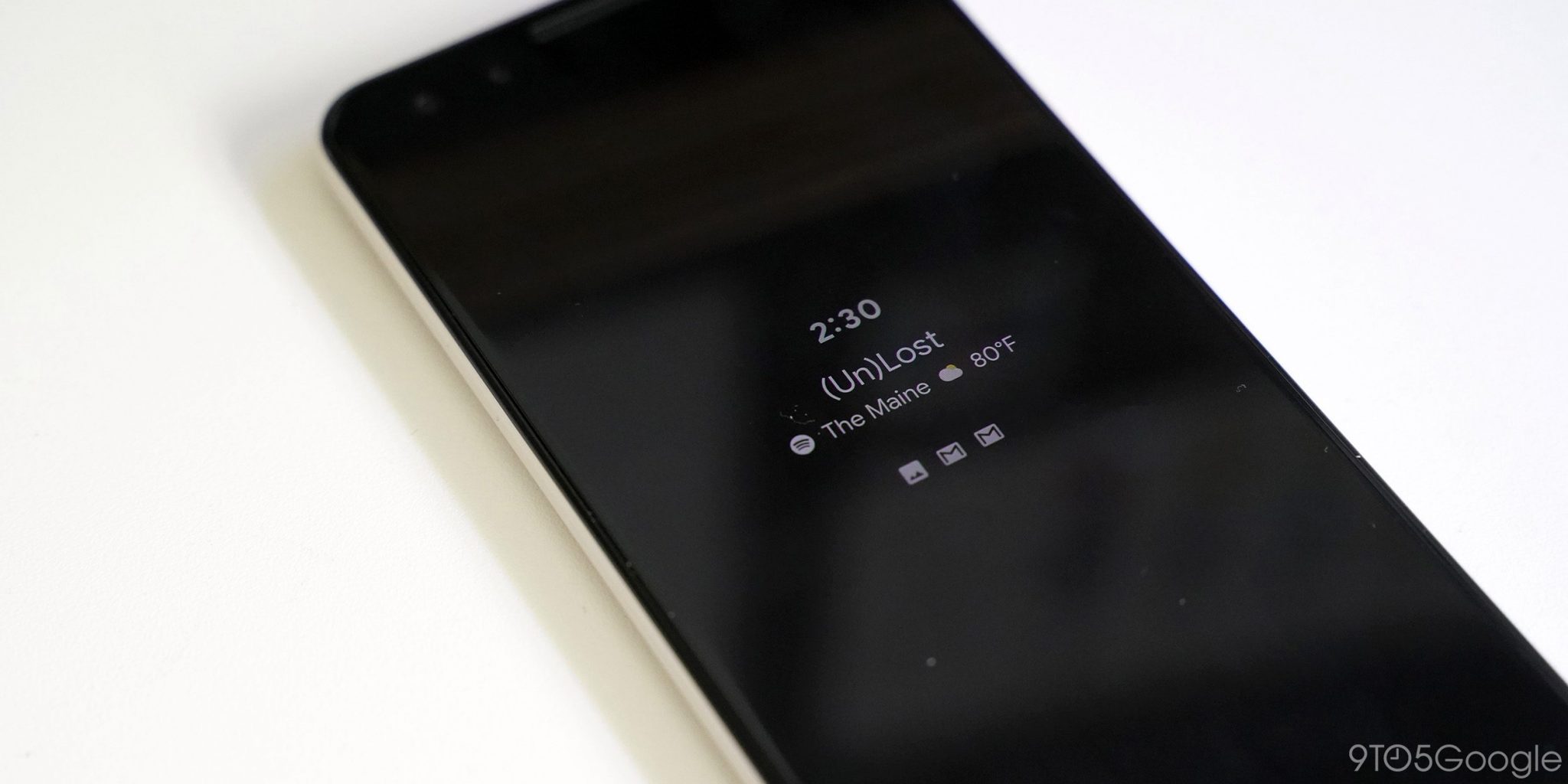
- Always on Display: Another music-related change sees the full song title and artist listed on the AOD.
- Google Camera: Version 6.3 elevates Night Sight out of the “More” tab into the primary interface for very quick access.
- Rotation: If your phone changes orientation while auto-rotate is disabled, Android 10 will overlay a new button in the bottom-left corner to allow for a one-time switch.
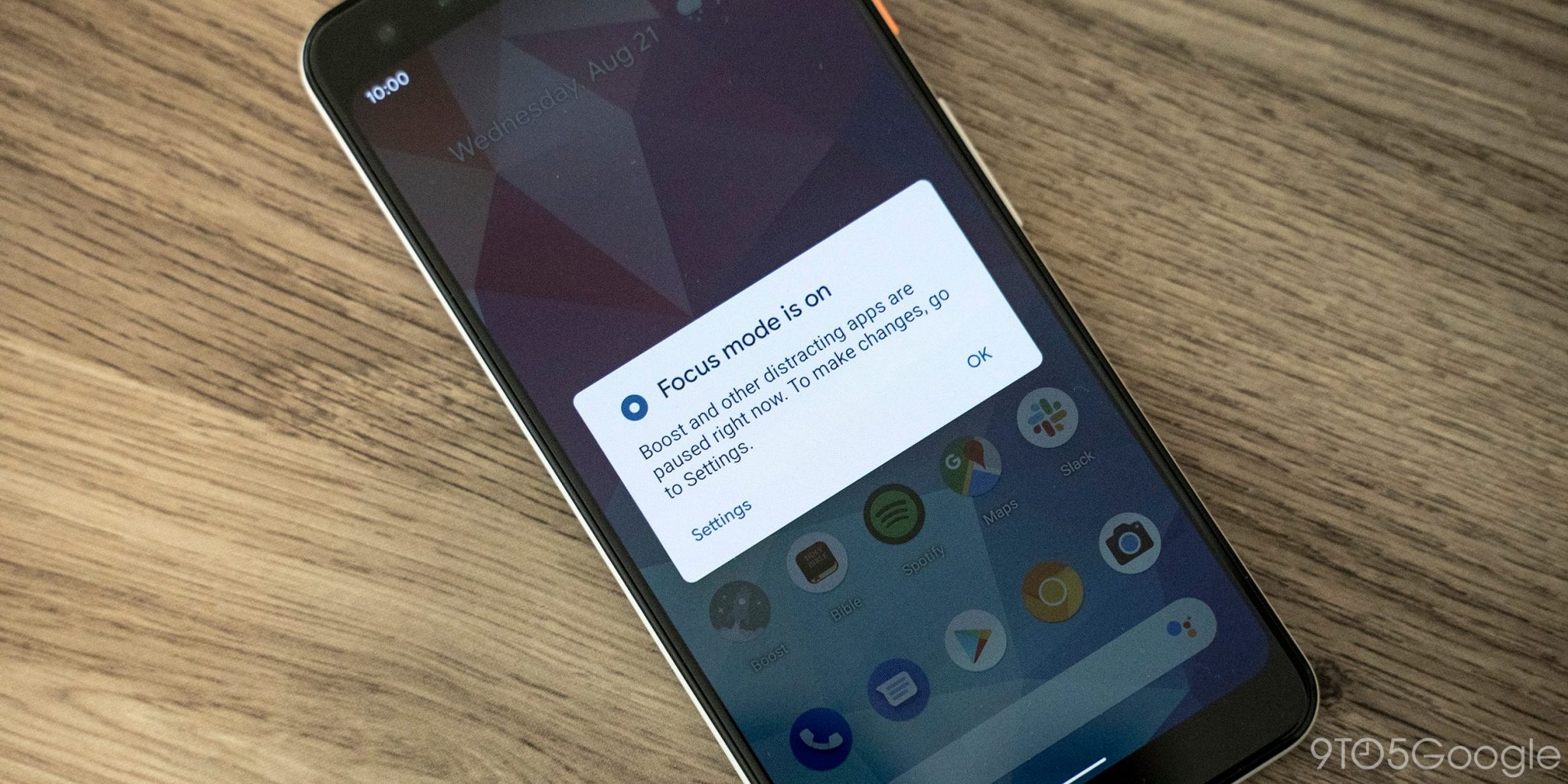
- Digital Wellbeing: A new “Focus mode” lets you block certain apps and subsequent notifications to minimize distraction, while timers that limit app usage can now be applied to specific websites in Chrome. At the moment, these features require the Digital Wellbeing beta.
- “Silent” notifications: Alerts can be set to not appear on the lockscreen and arrive without sound. They will be listed and ranked below all other apps in the notification shade.
- New emoji: There are 65 new characters and 53 emoji have gender inclusive designs.
Author:
Source: 9TO5Google



